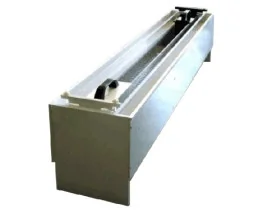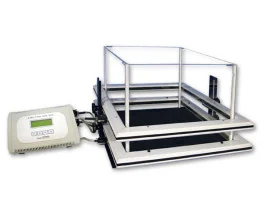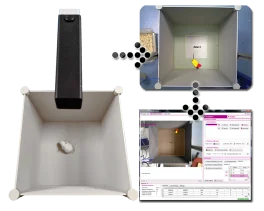
A unique setup for the automation of the Open Field test for rats and mice : 3D-camera based...

A unique setup for the automation of the Open Field test for rats and mice : 3D-camera based...
Discover our products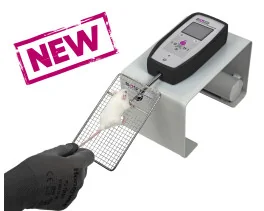
An easy way to objectively quantify the muscular strength of mice and rats, and to assess the...
Discover our products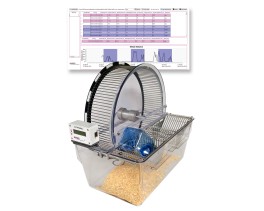
The BIOSEB Spontaneous Activity Wheel offers an effective solution for quantifying rodent...
Discover our products
The uncomplicated way to monitor rodent activity over several days from their home cage...
Discover our products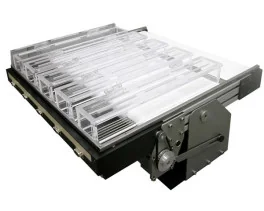
These small animal treadmills are used for forced exercise training and accurate testing of...
Discover our products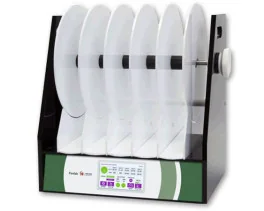
Rotarod provides an easy way to test the motor activity in rodents (mouse or rat) - an ideal...
Discover our products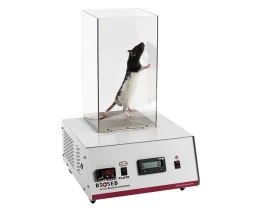
For testing animal's thermal sensitivity to pain resulting from exposure to heat or cold: the...
Discover our products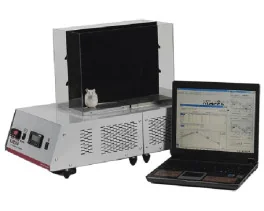
An operator independent test to study pain thresholds in rodents (mouse and rat) by assessing...
Discover our products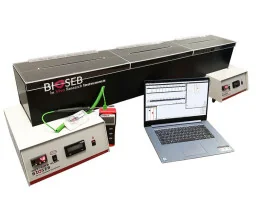
New and improved! The operator-independent Thermal Gradient Test used to show favorite...
Discover our products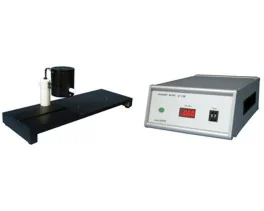
Particularly sensitive for studying the analgesic properties of pharmacological substances
Discover our products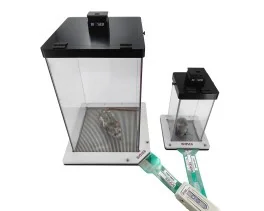
The advanced version of our Dynamic Weight Bearing Test for rodents (rats and mice) allows for...
Discover our products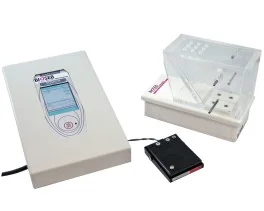
An easy and non pain-inducing solution for assessing the level of discomfort (incapacitance) in...
Discover our products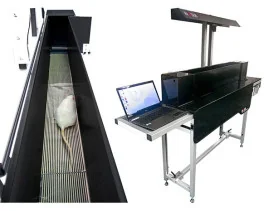
A unique device that provides automated measurement of weight bearing and force distribution...
Discover our products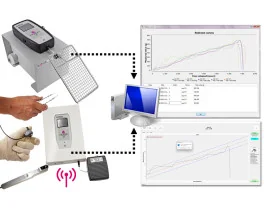
A NEW software for increasing the repeatability of nociceptive tests: by recording the reflex...
Discover our products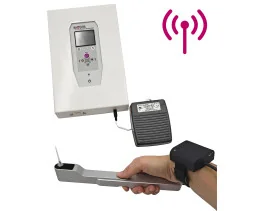
A quick solution to determine the mechanical sensitivity threshold in rodents (mice and rats)....
Discover our products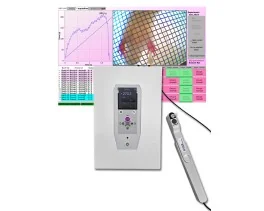
As an electronic version of the classical Von Frey Filaments esthesiometer (or aesthesiometer),...
Discover our products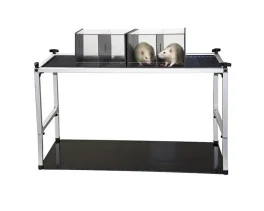
New ROBUST and modular cages to gently hold rodents (rats or mice) during nociceptive and...
Discover our products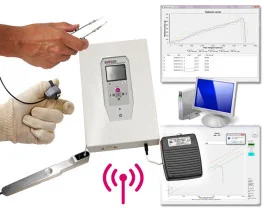
An economical and versatile solution for when flexible quantitative sensory testing (QST) is...
Discover our products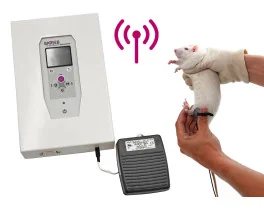
Dedicated to small animals, like mice and rats, Smalgo is a pressure-based analgesimeter...
Discover our products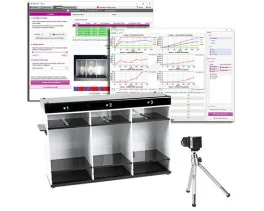
Bioseb's version 5 of the Tail Suspension Test system, based on both strain sensors and video...
Discover our products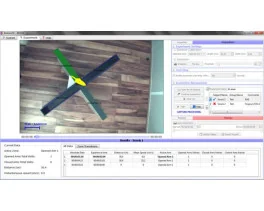
NEW ! A complete (hardware + software), dedicated and automated solution for the Elevated Plus...
Discover our products
A unique setup for the automation of the Open Field test for rats and mice : 3D-camera based...
Discover our products
Open-field test - ARENA ONLY - used to evaluate of animal's basal activity and its evolution for...
Discover our products
The new Forced Swimming Test system from Bioseb uses a dual approach: Combining a double input...
Discover our products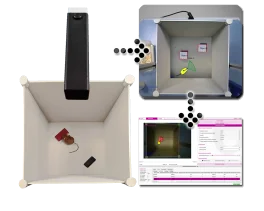
A brand new innovative setup for the automation of the Novel Object Recognition Test : 3D-camera...
Discover our products
Open-field test - ARENA ONLY - used to evaluate of animal's basal activity and its evolution for...
Discover our products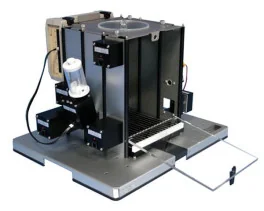
An entirely modular experimental enclosure designed to conduct operant conditioning procedures...
Discover our products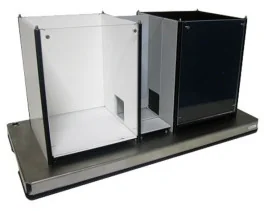
A standard experimental chamber for automated or manual assessment of conditioned place...
Discover our products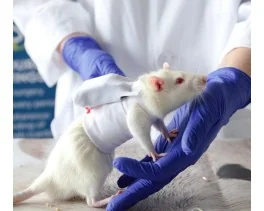
Real-Time Physiological Monitoring for Small Animals – Wireless & Non-Invasive The Bioseb...
Discover our products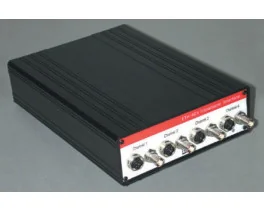
The ETH-401 is a bridge amplifier for various transducers that provides four channels of...
Discover our products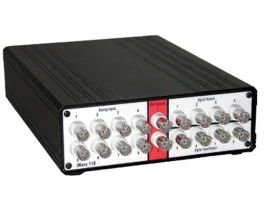
The IX-118 is a fast 100 Khz, high-resolution data acquisition system suitable for most data...
Discover our products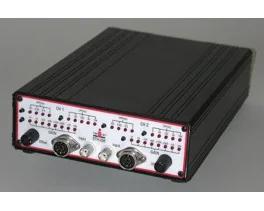
The ETH-256 is a 2 channels high performance, general-purpose life science research amplifier,...
Discover our products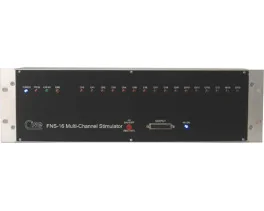
Full-featured multi-channel stimulator for neuromuscular stimulation
Discover our products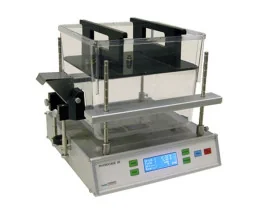
The OXYLET system - Physiocage is a modular system allowing the integration of respiratory...
Discover our products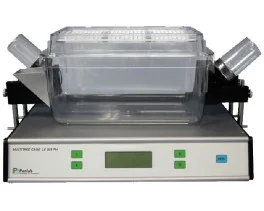
Innovative and appropriate equipment for measuring food/liquid consumption and correlated motor...
Discover our products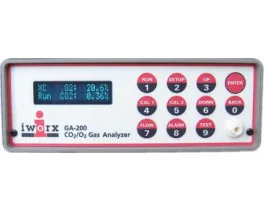
An economical, high performance Oxygen and Carbon Dioxide Analyzer with sampling rates fast...
Discover our productsMotor activity, coordination, and control disorders are common symptoms in numerous neurological and neurodegenerative conditions, including Parkinson's disease—whose prevalence has doubled since 2000 (WHO)—, Huntington's disease, and multiple sclerosis. These impairments significantly affect patients' quality of life and remain a major focus of preclinical research. Since 1996, Bioseb has been dedicated to developing advanced tools for assessing movement, coordination, and motor deficits in preclinical rodent models, primarily mice and rats. These solutions are essential for evaluating motor function recovery, understanding disease progression, and exploring therapeutic strategies across a wide range of neurological disorders. Read more >

Applications
Applications
There are 7 products.

An easy way to objectively quantify the muscular strength of mice and rats, and to assess the effect of drugs, toxins,...
The uncomplicated way to monitor rodent activity over several days from their home cage without manual...
These small animal treadmills are used for forced exercise training and accurate testing of fatigue in rodents. The control...
Rotarod provides an easy way to test the motor activity in rodents (mouse or rat) - an ideal solution for studying central...
A unique device that provides automated measurement of weight bearing and force distribution over time during voluntary...
A unique, automatic apparatus for the detailed and objective modeling of walking and coordination disorders in mice and/or...
Bioseb's instruments are recognised and widely adopted by the international scientific community, as demonstrated by numerous peer-reviewed publications. These studies highlight the essential role of our tools in advancing knowledge of motor deficits, neurodegenerative diseases and rehabilitation strategies. Here are a few outstanding examples of research that has successfully used our solutions.
In 2022, a scientific team from the Department of Pharmacological and Biomolecular Sciences at the Università degli Studi di Milano identified novel potential targets for anorexia nervosa (AN).
The scientists used the Activity-Based Anorexia (ABA) rat model, with Bioseb's Spontaneous activity wheels which enabled precise monitoring of hyperactivity, a key symptom of AN.
The finding may help to more effectively guide treatments aimed at improving, at least partially, the cognitive effects of this psychopathology.
Mottarlini F, Targa G, Bottan G, Tarenzi B, Fumagalli F, Caffino L. Cortical reorganization of the glutamate synapse in the activity-based anorexia rat model: Impact on cognition. J Neurochem. 2022 May;161(4):350-365.
A recent American study (2024) from the Department of Neurosciences, Lerner Research Institute, at Cleveland Clinic, investigated the role of suppressor of cytokine signaling-3 (SOCS3) in the progression of amyotrophic lateral sclerosis (ALS).
The results revealed that SOCS3 upregulation is directly linked to increased astrogliosis, neuroinflammation, and progressive neuronal loss in ALS models, highlighting its pivotal role in disease pathogenesis and potential therapeutic target. To assess motor function decline, the researchers utilized Bioseb's Rotarod for rats and mice and Grip strength test, two essential tools for preclinical evaluation in ALS models.
The results revealed that SOCS3 upregulation is directly linked to increased astrogliosis, neuroinflammation, and progressive neuronal loss in ALS models, highlighting its pivotal role in disease pathogenesis and potential therapeutic target.
Lin CY, Vanoverbeke V, Trent D, Willey K, Lee YS. The Spatiotemporal Expression of SOCS3 in the Brainstem and Spinal Cord of Amyotrophic Lateral Sclerosis Mice. Brain Sci. 2024 May 31;14(6):564.
From spontaneous to forced activity, our tools simplify data collection, reduce observer bias, and enhance reproducibility. With advanced analytical software and automated scoring systems, they detect and quantify even subtle changes in motor performance. Compatible with intuitive and powerful software suites, they are effortlessly integrated into preclinical workflows.
Whether investigating fundamental pathophysiological mechanisms or evaluating pharmacological interventions, our instruments provide reliable, reproducible, and high-quality data.
These tools are invaluable for a range of applications, including studying neurodegenerative disorders (e.g., Parkinson’s, ALS, Huntington’s), spinal cord injuries, peripheral nerve injuries, muscular dystrophies, and the impact of therapeutic interventions or rehabilitation strategies on motor function and coordination.
Automated systems rely on advanced image processing and software algorithms to detect and analyze rodent movements objectively. This approach minimizes human intervention, ensuring consistent, accurate, and reproducible results while reducing the potential for subjective scoring errors.
Bioseb's CIS Software enhances reproducibility by standardizing both data collection and analysis processes, minimizing variability across sessions and users. By automatically capturing reflex responses and performing essential calculations, it ensures greater consistency in results, enabling researchers to draw reliable and confident conclusions from their experiments.
Many of our products, such as the Spontaneous Activity Wheels and Activmeter, are equipped to support long-term studies by providing continuous monitoring of activity in the animal’s home cage. These devices are designed with integrated food and water systems to facilitate extended experiments. However, it is important to note that individual housing, could be stressful for the animals, and must be approved in advance by the relevant regulatory authorities within the laboratory
Most instruments are optimized for mice and rats. Systems like the Rotarod can be adapted to different species, and the treadmill platforms often offer customizable lanes for a range of rodent sizes. Consult Bioseb for specifics on cross-species adaptability.
All Bioseb devices produce data in formats compatible with common data analysis and statistical software packages. This flexibility allows you to correlate locomotor, strength, or coordination parameters with other measurements—such as imaging, electrophysiology, or molecular markers—to gain a comprehensive view of the experimental outcomes.
Many of our solutions, including spontaneous activity wheels and the OF3C system, enable naturalistic, low-stress observation of behavior. Even tests that require handling (like the Grip Strength Test or Treadmill) are designed to minimize distress, and training protocols can be implemented to ensure animals acclimate comfortably.
Bioseb offers technical support and training services upon request, tailored to the specific needs of each instrument. This includes assistance with installation, hardware and software training, and protocol optimization, depending on the complexity of the equipment. For more information or to request support, please contact us via our contact form
check_circle
check_circle
